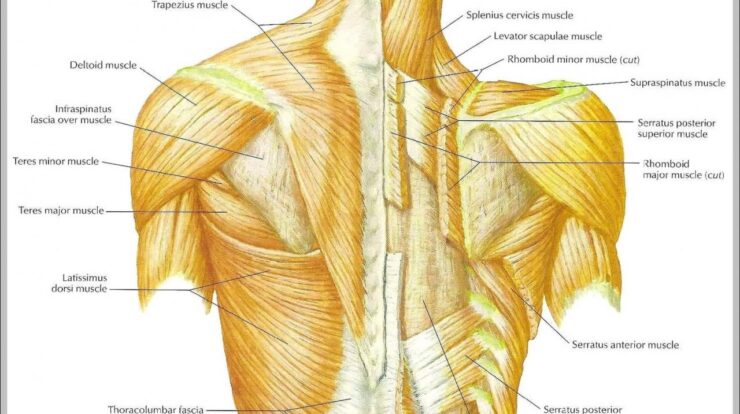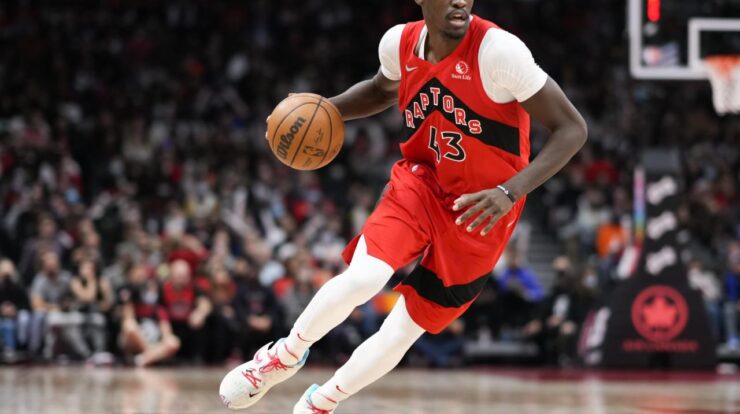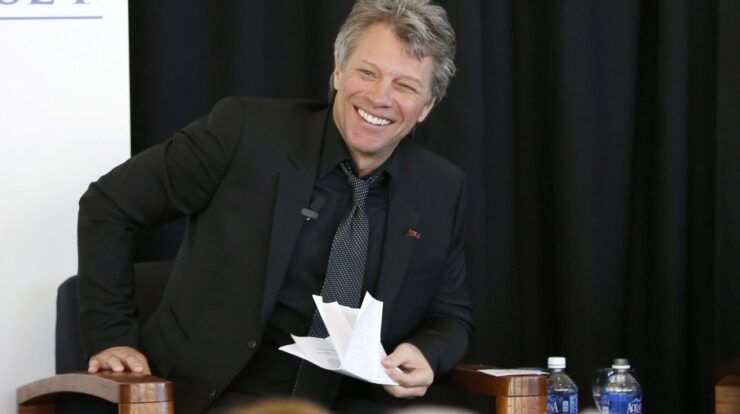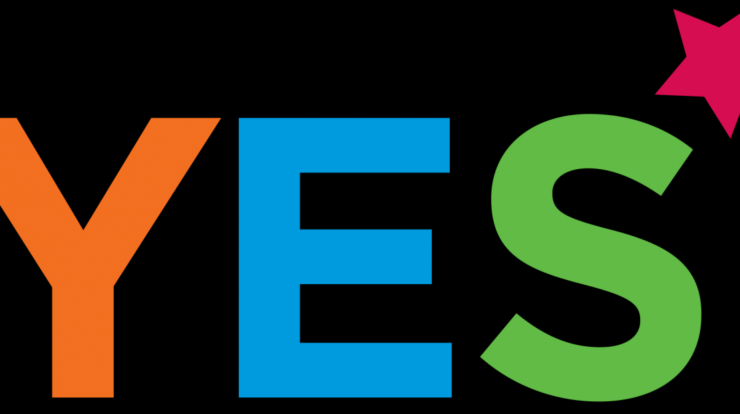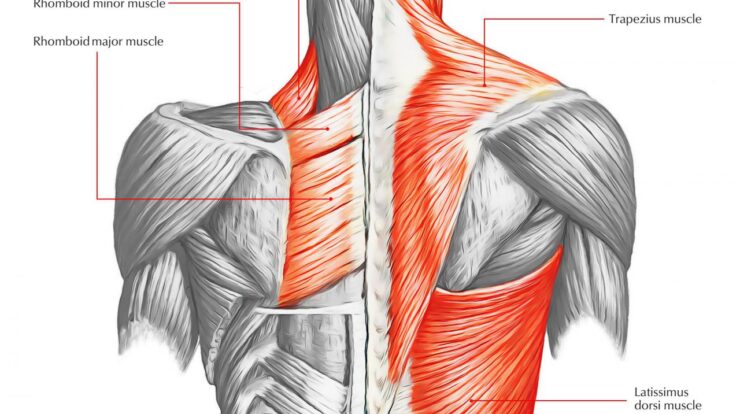
Unveiling the intricacies of back muscles, this comprehensive guide delves into their anatomy, functions, common injuries, strengthening exercises, and essential nutrition. Brace yourself for an immersive journey into the world of back muscle health and performance.
While many focus on the joys of motherhood, it’s important to remember that motherhood can also bring physical challenges. How Can Stiff and Tight Muscles Result in Back Pain? explores the connection between muscle tension and back pain, providing insights for those experiencing discomfort during this special time.
Back muscles, the unsung heroes of our musculoskeletal system, play a pivotal role in posture, movement, and stability. From the mighty latissimus dorsi to the intricate rhomboids, each muscle group contributes uniquely to our ability to stand tall, twist, bend, and extend our spines.
Anatomy of Back Muscles
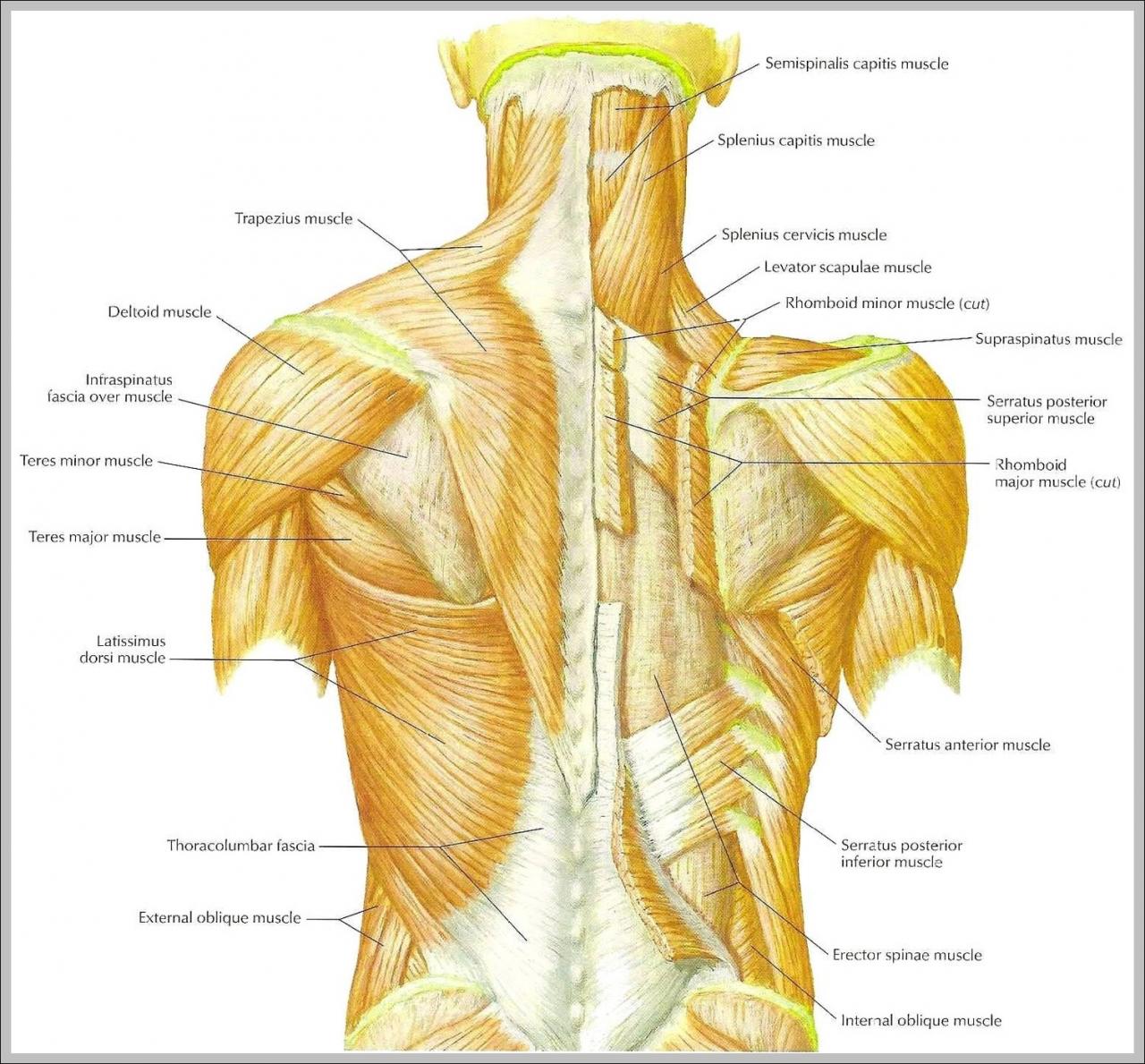
The back muscles are a complex group of muscles that play a vital role in posture, movement, and stabilization. They are divided into three main groups: the superficial, intermediate, and deep muscles.
The superficial muscles include the trapezius, latissimus dorsi, and rhomboids. The trapezius is a large, triangular muscle that extends from the base of the skull to the middle of the back. It helps to elevate and rotate the shoulder blades and extend the neck.
The latissimus dorsi is a broad, flat muscle that covers the lower back and sides of the chest. It helps to extend, rotate, and adduct the arm.
Intermediate Back Muscles
- Erector spinae: These muscles run along the length of the spine and help to extend the back and maintain posture.
- Multifidus: These small muscles are located deep to the erector spinae and help to stabilize the spine.
- Rotatores: These muscles are located deep to the multifidus and help to rotate the spine.
Deep Back Muscles
- Transverse abdominis: This muscle wraps around the abdomen and helps to stabilize the spine and pelvis.
- Internal obliques: These muscles run diagonally across the abdomen and help to rotate and bend the spine.
- External obliques: These muscles run diagonally across the abdomen and help to rotate and bend the spine.
Final Review: Back Muscles
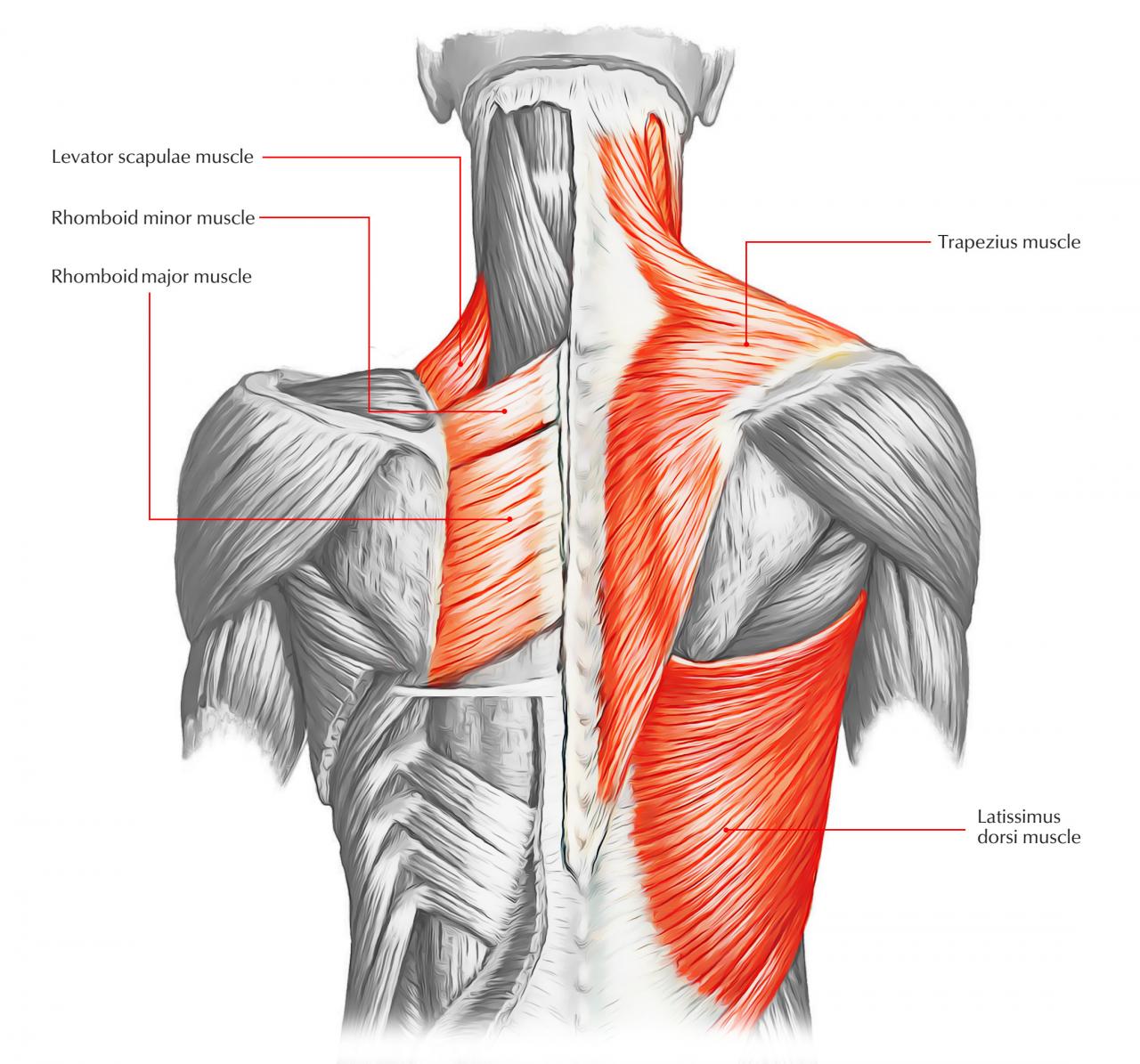
Understanding and caring for back muscles is crucial for overall health and well-being. By embracing the knowledge and practices Artikeld in this guide, you can empower your back muscles to support you through every movement, preventing injuries and unlocking optimal performance.
As Mother’s Day approaches, many are sending heartfelt messages to their mothers, both on Earth and in heaven. Happy Heavenly Mother’s Day, Mom , messages express love and remembrance for those who have passed. For those who have lost their mothers, Happy Heavenly Mother’s Day, Mom , messages offer comfort and a way to connect with their memories.
Meanwhile, those celebrating with their mothers are sending warm wishes, with Happy Mother’s Day Wishes for All Moms expressing gratitude and love. Even siblings are getting in on the celebration, sending Happy Mother’s Day, Sis , messages to their mothers.
Remember, a strong back is a foundation for a strong body and a fulfilling life.
General Inquiries
What are the most common back muscle injuries?
Strains, sprains, and herniated discs are among the most prevalent back muscle injuries.
How can I prevent back muscle injuries?
Maintaining proper posture, engaging in regular strengthening exercises, and using proper lifting techniques can help prevent back muscle injuries.
What are the benefits of massage for back muscles?
Massage can relieve tension, promote relaxation, and improve circulation in back muscles.

